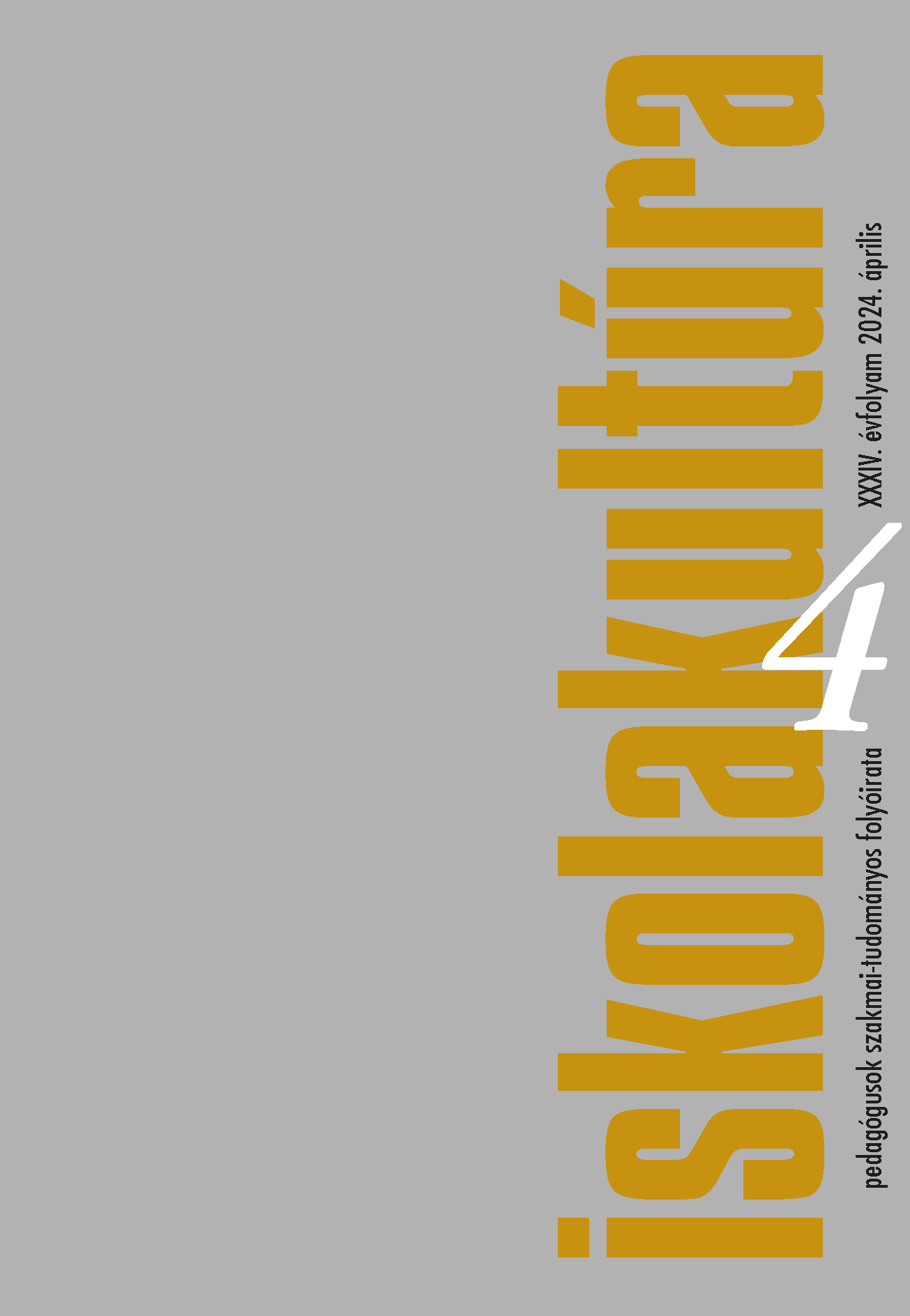A school town on the border Vocational training, teacher training in Sopron in the age of Dualism
Main Article Content
Abstract
From the Middle Ages to the middle of the 20th century, Sopron was certainly one of the most important school towns in our country. Of course, the nature of the school town has changed a lot in terms of quantity and quality over the centuries. The 19th century and the first half of the 20th century were the era of the development of civil society in our country. The development of civil society compared to the previous ones created new challenges for the education of the time, in addition to the traditional high schools providing Latino education, civil and realist schools, which imparted realistic knowledge, and later various vocational training institutions played an important role in meeting the needs of the labor market of the time. The educational institutes for teacher training, female teacher training, and nursery school training institutes of the time can be considered a special type of these. Of course, we will briefly touch on the medieval and early modern antecedents, and then a little more on the developments in the field of realism education and vocational and teacher training in the earlier decades of the 19th century, since the events of the first half of the 19th century are already the direct antecedents of our topic. We also cover the economic and social history of the city of Sopron in the 19th century.

